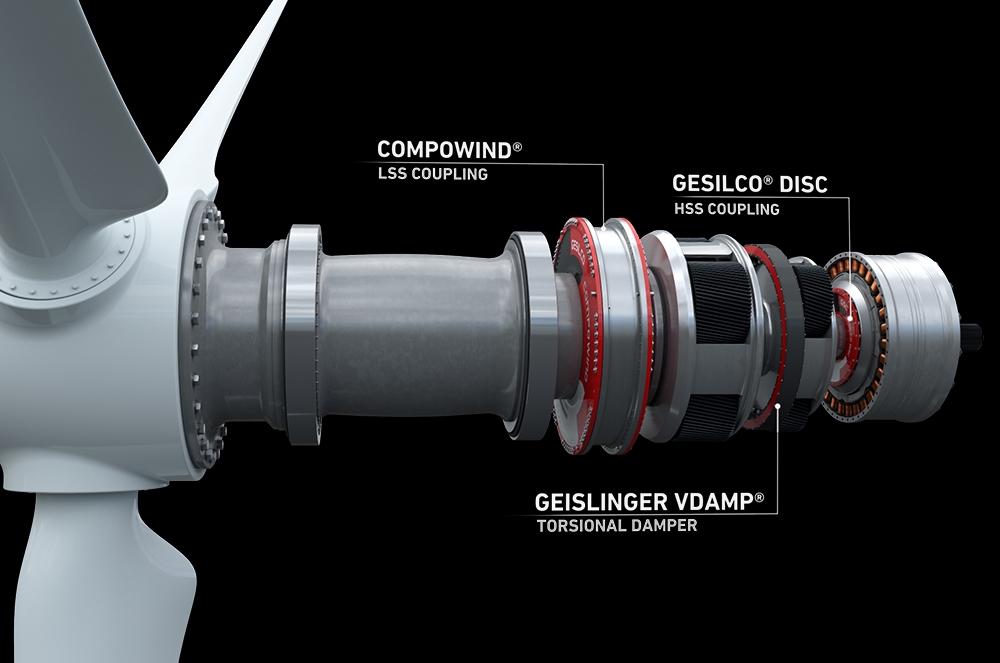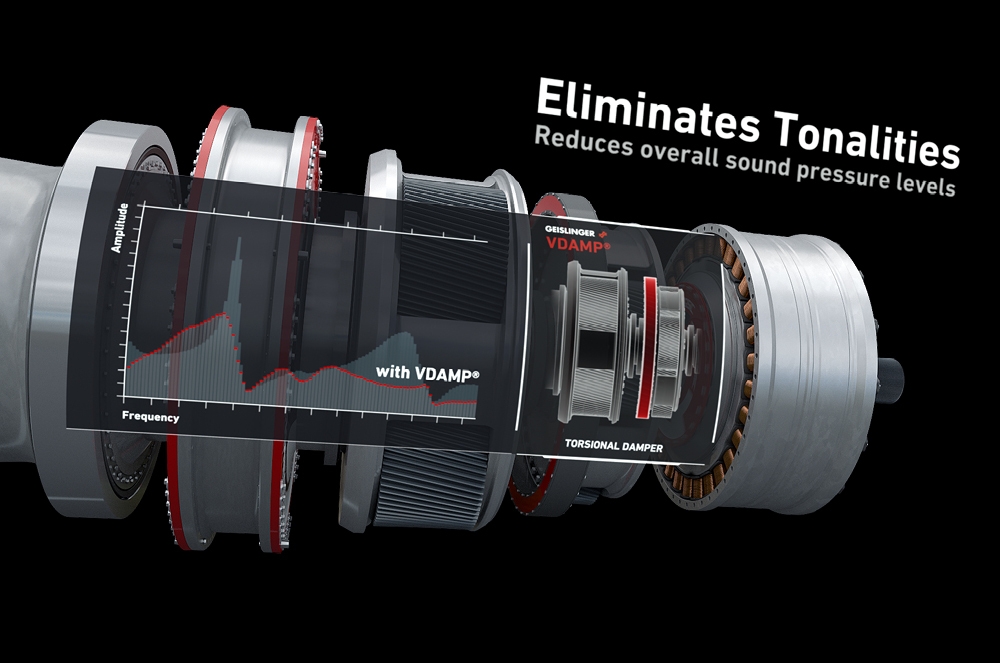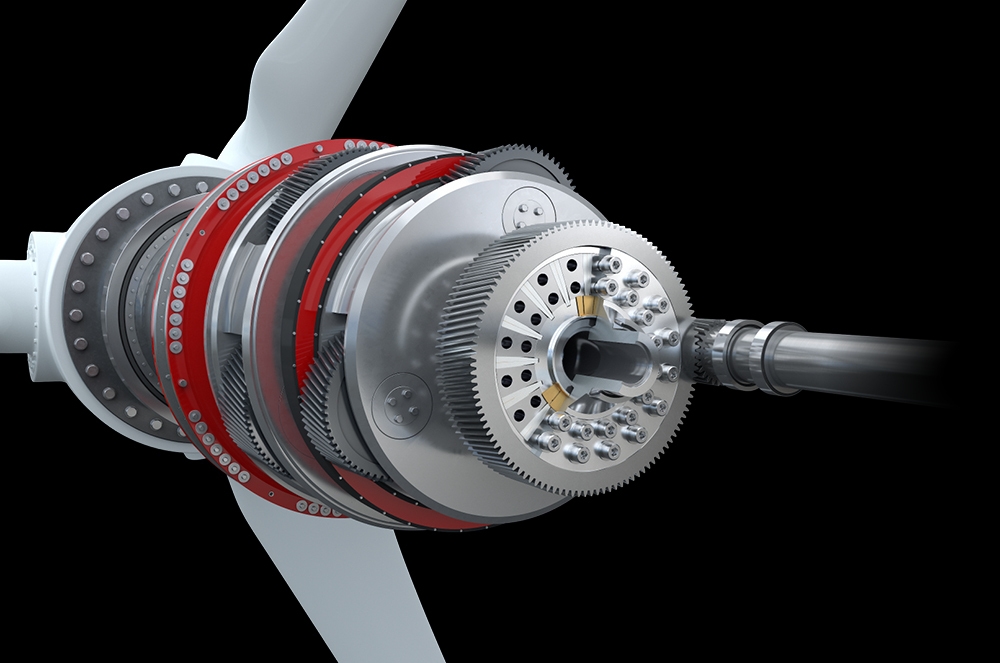SHARE ON:
Link copied!
The likelihood of noise and sound problems is exacerbated by the rapidly increasing torque density resulting from the inexorable trend toward ever larger onshore wind turbines and the race to cut costs. Increased torque density and growing structures mean less mass to absorb vibrations at higher dynamics, i.e., increased excitations and thus a higher risk of structure-borne noise generation. Second, wind turbine and gearbox designers are trending toward fully or partially integrated drivetrains to handle these high torque densities. Greater integration of a mechanical system favors the propagation of structure-borne noise.
Additionally, tremendous advances in blade aerodynamics have led to a gradual reduction in sound power levels, and by reducing this masking energy, mechanical noise from the drivetrain becomes audible.
To meet noise emission regulations for future large onshore wind turbines, especially in urban areas, wind turbine and gearbox manufacturers must explore new technologies. Propulsion developers are looking for ways to reduce noise pollution from wind turbines, meet stringent noise regulations and gain social acceptance, and Geislinger has the answers.
The Geislinger COMPOWIND® coupling absorbs virtually all bending moments or parasitic transmission loads, enabling partially integrated driveline concepts in which the transmission is rigidly connected to the main frame or directly to the main bearing unit, thus increasing driveline reliability and avoiding costly transmission replacement.
Such an elastic element as the COMPOWIND®, which connects the main shaft with the gearbox, not only reduces the loads but also has a massive influence on the dynamic system behavior. The main sound path leads from the main source of mechanical noise, the gearbox, to the main shaft via the bearings to the structure of the wind turbine. COMPOWIND® interrupts this noise transmission by reducing accelerations at the interfaces. A study with in-depth findings and results will be published at the end of the first quarter of 2023.
This special silicone oil viscosity damper is installed at the second planetary stage of the turbine gearbox near the main noise source, where the so-called eigenmode brings the planetary carrier into resonance with the gearbox. The broadband damping effect of the Geislinger VDAMP® can lead to a reduction in noise emission of at least -5 dB, depending on the available installation space and the boundary conditions of the plant.
In addition to the proven COMPOWIND® and VDAMP® solutions, Geislinger is close to successfully completing the development of a third NVH mitigation solution. Similar to VDAMP®, it will also be integrated into the gearbox and the release will take place in the first quarter of 2023.
Last but not least, Geislinger's gear-integrated GED coupling is another attractive option for future platforms to eliminate tonalities and reduce sound pressure levels by damping sound amplitudes at the point of origin. The latest development is the transfer of this solution to coaxial gearboxes, i.e. two- or three-stage planetary gearboxes without a spur gear stage.
All these NVH mitigation technologies, which offer excellent prospects for the massive growth in wind energy expected by 2025 at the latest, will be ready and available by 2023.
Full article by PES Wind Magazine: https://pes.eu.com/exclusive-a...


